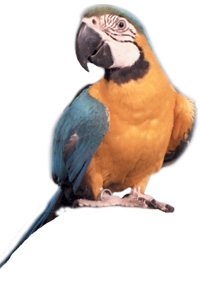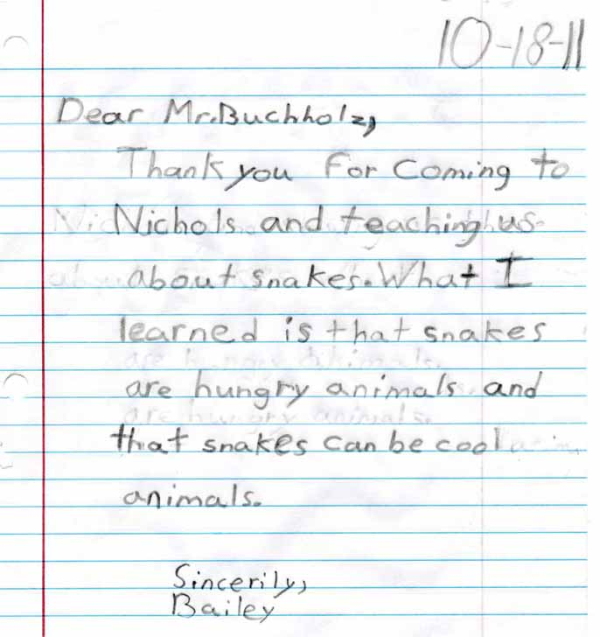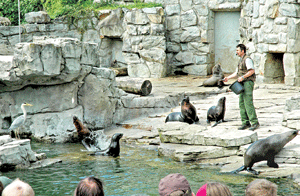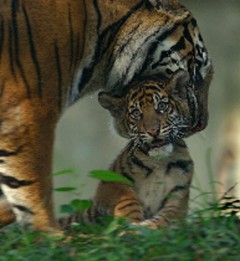Well, 2013 is in the history books now, so we thought you might like a quick recap of our top ten school shoes from last year. Here is what we had for you! Not that these are the best shows we have ... all our shows are absolutely awesome! But of all the more than thirty great school programs we offer, these are the shows you, our clients, scheduled the most often! These are the top ten most often scheduled school shows from 2013.
Education Through Entertainment
Recently in these pages we have been developing a Guide to School Assemblies. Today we will look at shows featuring live animals.
So it is that time again, and we are pleased to announce this month’s School Assembly Dog of the Month!
Kids love animals! No escaping that one. A visit to the zoo is a beloved experience for all kids. And it's a great part of their education, too.
Nature is a very cool thing! This was forwarded to me this morning and I thought I would share it.
Out in California in a Zoo a mother tiger gave birth to a rare set of triplet tiger cubs.
Sadly, due to difficulties in the pregnancy, the cubs were born prematurely and, being tiny, they died shortly after birth. But after recovering from the delivery, the mother cat suddenly began to decline in health. Physically she was fine, but the veterinarians felt that the loss of her litter had caused the tigress to fall into a depression.
The vets then embarked on a scientific experiment. They hypothesized that if given a new litter to nurse the mother might improve. To test the validity of this they began a search trying to locate a suitable litter. Unfortunately, tiger cubs are rare and there were none to be found. So the staff at the zoo determined to try something radical.
Sometimes a mother of one species will take on the care of a different species. The doctors located a litter of newly born baby pigs, wrapped the piglets in tiger skin and placed the babies around the mother tiger. Quite a lot to ask of the piglets in the name of science. Brave little piggies! They might have become dinner, right?
Wrong! Take a look:












